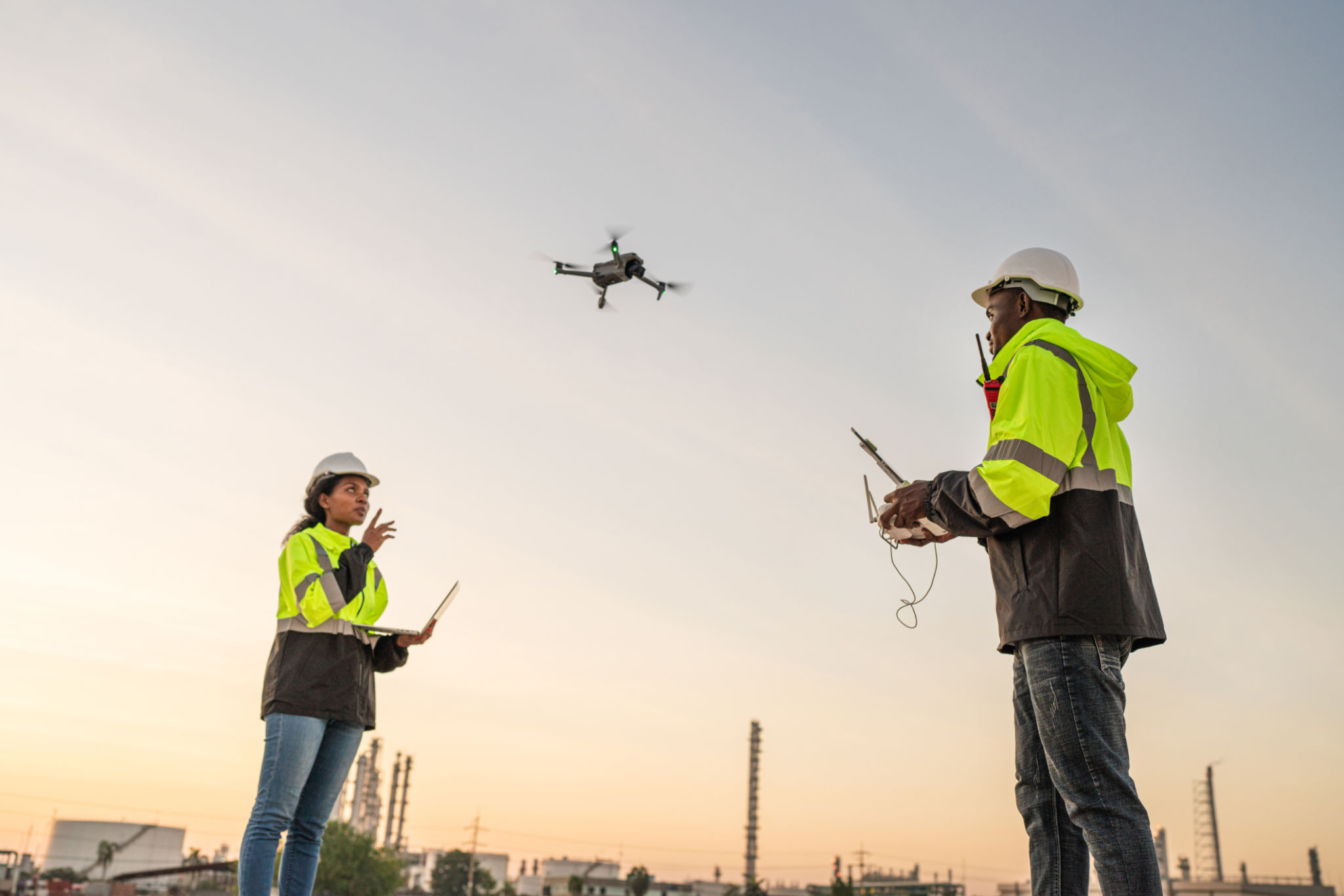Case Study: How Automation Improved Project Delivery for Surrey Construction Firms
Introduction to Automation in Construction
The construction industry has historically been slow to adopt new technologies. However, recent advances in automation are transforming how construction firms operate, particularly in Surrey. This case study explores how automation has significantly improved project delivery for Surrey construction firms, enhancing efficiency, reducing costs, and boosting productivity.

Challenges Faced by Surrey Construction Firms
Before embracing automation, many Surrey construction firms faced several challenges. These included project delays due to manual processes, increased labor costs, and inefficiencies in resource management. The reliance on traditional methods often led to inconsistent project outcomes, frustrating both builders and clients alike.
Additionally, the complexity of managing multiple projects simultaneously meant that firms struggled with scheduling and resource allocation. This not only impacted deadlines but also affected the quality of work delivered.
Implementing Automation Solutions
To address these challenges, several Surrey construction firms began implementing automation solutions. Technologies such as drones, 3D printing, and Building Information Modeling (BIM) have become integral to their operations. These technologies help streamline various aspects of construction, from planning and design to execution and monitoring.

Benefits of Automation in Project Delivery
The impact of automation on project delivery has been profound. By automating repetitive tasks, firms have been able to reduce human error and increase precision in their work. This shift has led to more consistent project outcomes and improved client satisfaction.
Key benefits of automation include:
- Faster project completion: Automated scheduling tools ensure that projects are completed on time.
- Cost savings: Reduced labor costs and minimized waste lead to significant savings.
- Enhanced safety: Automation reduces the risk of accidents by handling dangerous tasks.
Case Study Examples
A notable example is a Surrey-based construction firm that used drones for site surveys and inspections. This approach not only sped up the process but also provided precise data that improved decision-making. Another firm adopted 3D printing for creating complex structures, reducing material waste and speeding up the building process.

Future Prospects of Automation in Construction
The future of automation in construction looks promising. As technology continues to evolve, it is expected that even more Surrey firms will adopt these tools to remain competitive. Innovations such as robotics and artificial intelligence will likely play a significant role in shaping the future of the industry.
Furthermore, as more companies witness the benefits of automation firsthand, there will be increased investment in research and development to further enhance these technologies.
Conclusion
The adoption of automation by Surrey construction firms marks a pivotal shift towards more efficient and reliable project delivery. As these technologies continue to develop, they promise to bring even greater improvements to the industry. Firms that embrace these changes now are likely to lead the way in setting new standards for construction excellence.

